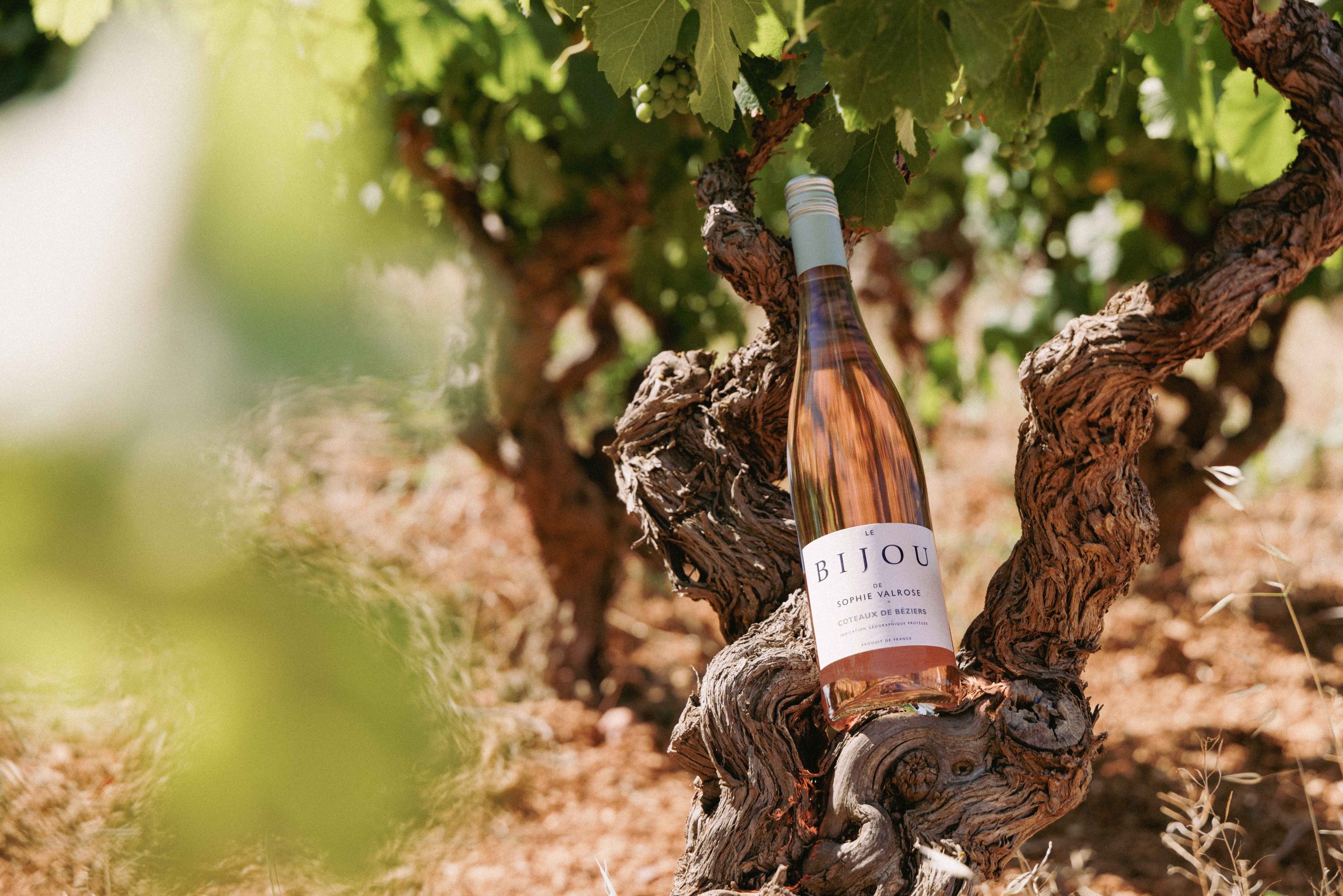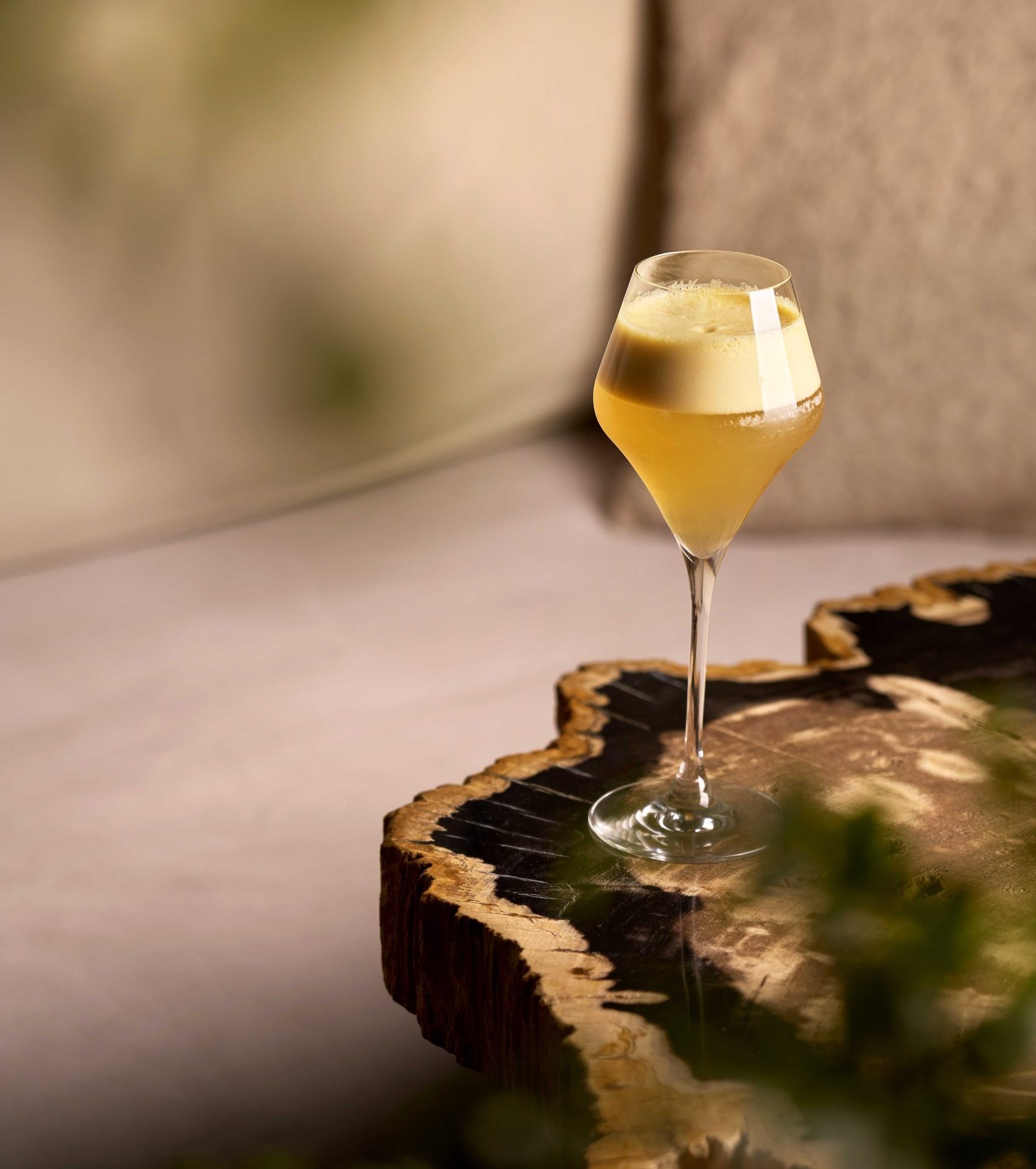Flotsam, jetsam and elixirs: Falernum goes submarine
A curious thing happened off the coast of Mondragone: bottles of a deep ruby liqueur spent twelve months not in a cool cellar, nor under a wax-sealed bung in barrique, but beneath 13 metres of saltwater and seaweed.

According to a study from the University of Naples Federico II, the underwater ageing of Elixir Falernum — a richly spiced, wine-based liqueur from Antica Distilleria Petrone — has turned out to be more than just a marketing dive.
Crafted from Falerno del Massico Primitivo, aged brandy and berry juices, Falernum was submerged in the Tyrrhenian Sea and studied alongside its dry-footed twin aged traditionally in a cellar. The scientists — armed with everything from GC/MS to an electronic nose — set out to sniff out the effects of the deep.
The submerged bottles were found to be less oxidised, richer in anthocyanins and compounds like anethole, and notably more expressive in caramel, toasted and strawberry notes — thanks to a lift in furanones and pyranones. Among the compounds unearthed was 5-hydroxymethylfurfural, best known for turning up in Madeira and Port after a stint in bottle.
E-nose to the rescue
The team also deployed an “E-nose” (less “je ne sais quoi” than a sommelier, but more statistically dependable) and managed to correctly classify 96% of bottles by their ageing environment. One assumes it doesn’t work as well on blind dates.
Partner Content
Chemically, there wasn’t much difference in pH, acidity or alcohol levels. But visually, the cellar-aged samples were yellower (b* values don’t lie), hinting at greater oxidative impact. The underwater bottles, by contrast, kept their colour and composure — possibly aided by the absence of light, the constancy of temperature and the gentle lull of marine currents.
The submerged bottles also held on to more of their proteins and alpha-amino nitrogen, suggesting a slower rate of degradation. And while both sets of samples showed elevated protein levels — thanks in no small part to the inclusion of juicy berries — the sea-aged batch displayed greater uniformity and less internal variation.
The cellar gets a little warm under the collar
There was more: cellar-aged bottles had higher levels of terpenes, including 4-terpineol and ethyl 3-hydroxybutanoate — markers of oxidation and heat. A reminder, perhaps, that cellars are not all created equal and that Campanian summers can leave their mark.
What we don’t yet know is whether the submerged Falernum tastes better — though the signs suggest it might. No formal tasting panel has given the final verdict, but the bottle chemistry points to better preservation, greater aromatic complexity and perhaps a fresher sip.
The authors note that more work is needed before liqueur-laden lobster pots become standard practice. Still, this particular voyage into underwater ageing suggests that the sea — at least at 13 metres — may offer a promising new cellar for those who like their drinks with a touch of Poseidon.
Related news
2026 could be a 'turning point' for wine, study suggests
Study finds Cabernet Sauvignon may fare better in high CO2 future




